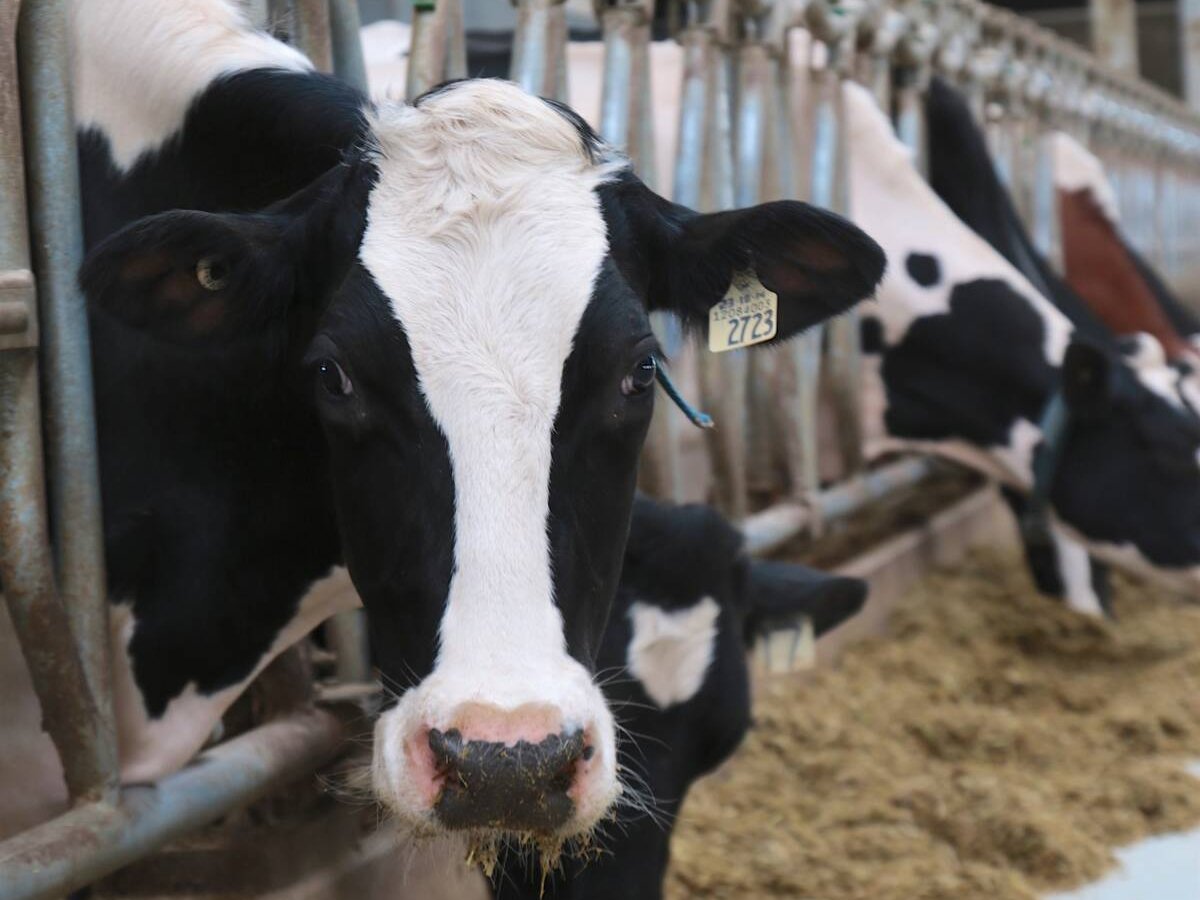Summary of crop conditions, week of July 17 – July 24.
Alberta
Peace
At High Level, crops are reported above average in quality with just the right mix of rain and warm weather. In the southern Peace, rains have stopped and temperatures have soared up to 30 C. Late seeded peas and canola showed damage from excessive moisture with yellowing or drowned fields. Early seeded canola in good shape. Cereals forming heads. Forage seed harvest in brome grass and fescue should start the first week of August because of improved conditions. Haying has just started.
Read Also

The Organization for Economic Co-operation and Development lauds Canada’s low farm subsidies, criticizes supply management
The Organization for Economic Co-operation and Development lauded Canada’s low farm subsidies, criticized supply management in its global survey of farm support programs.
North/Central
The Edmonton area has experienced continued rain showers. About 38 millimetres received last week. Ponding apparent in many fields and some crops are drowned. Canola is under stress because of excess moisture. Haying is slow. East of Highway 2 drought conditions prevail due to wind, heat and no rain for the last month. Headed out crops are burning and canola stopped blooming prematurely. Pastures are declining and there are concerns of a hay shortage in east-central Alberta. Some spraying for grasshoppers in Acadia Valley region.
South
Showers are needed across the south. Barley is burning at Vulcan because of dry, hot weather. In the far south, canola is setting pods. Peas on dryland are starting to bloom. Tremendous hay crops. Most alfalfa is done and alfalfa cubers are running full speed. Timothy and brome grass crops now being put up. More heat is needed for corn crops which will be later than usual because of the cool spring. Lentils are podding and could be ready for harvest in the first week of August. Special crops are doing well.
Saskatchewan
North
Crop development is ahead of average. Five percent of spring cereals are at dough stage, 74 percent heading; flax, nine percent boll, 72 percent flowering; canola, 21 percent podding, 75 percent flowering; pulses, 23 percent podding, 70 percent flowering; fall cereals, 10 percent ripe. Topsoil moisture deteriorated in Saskatoon-Prince Albert regions. Some spraying for wheat midge under way. Diamondback moth, cabbage root maggot and sclerotinia reported. Seventy percent of hay is baled and only 10 percent still standing. Quality is good to excellent.
Central
Crops are slightly ahead of those in the north. Nine percent of spring cereals at dough stage, 76 percent heading; flax, 12 percent boll, 75 percent flowering; canola, 33 percent podding, 63 percent flowering; pulses, 40 percent podding, 56 percent flowering; fall cereals, 14 percent ripe. Swathing in western areas is expected by early next week. Topsoil moisture deteriorating in a band between Lloydminster and Kindersley over to Humboldt. Spraying under way for wheat midge.
South
Spring cereals, 11 percent dough, 72 percent heading; flax, 11 percent boll, 70 percent flowering; canola, 31 percent podding, 61 percent flowering; pulses, 34 percent podding, 63 percent flowering; fall cereals, 40 percent ripe. Some swathing in western and central areas. Topsoil moisture deteriorating, although much-needed rain fell in the east. There are scattered reports of crops being plowed under and reseeded for greenfeed. Spraying for wheat midge on east side of the region. Also some spraying for diamondback moth and grasshoppers.
Manitoba
Northwest/Interlake
Hot, humid weather with little rain helped crops grow. Wheat and barley are more than 80 percent headed. In the northwest region, half the wheat is flowering. More than 80 percent of canola is flowering and 20 percent is podding. More than 70 percent of flax is flowering. Spraying for canola and alfalfa seed diseases is almost complete in the Interlake. Some smut and leaf cereal diseases are showing up in the northwest region. First cut hay yields and quality aren’t great.
West
With a trace of rain, soil moisture conditions are fair to good. Cereal crops range from flowering to early dough stages. Canola and flax are flowering, with some early fields setting seed. Some peas are podding. Fall rye is turning color. Some fields were sprayed for wheat midge, but most are past susceptible stages. Haying continues in some parts of the region.
Red River Valley
Hot, humid weather hung over the region. Eastern parts received six to 37 millimetres of rain. Cereals are heading and some are at the dough stage. Canola is starting to pod, and flax is flowering. Some farmers are starting to harvest winter cereals. In the central region, many farmers applied fungicides for sclerotinia and cereal leaf diseases. Some are spraying for wheat midge. Humidity has made it hard for some to finish the first cut of hay. Around Morden, the second cut is beginning.
Source: Provincial agriculture departments, Alberta Wheat Pool, Saskatchewan Wheat Pool














